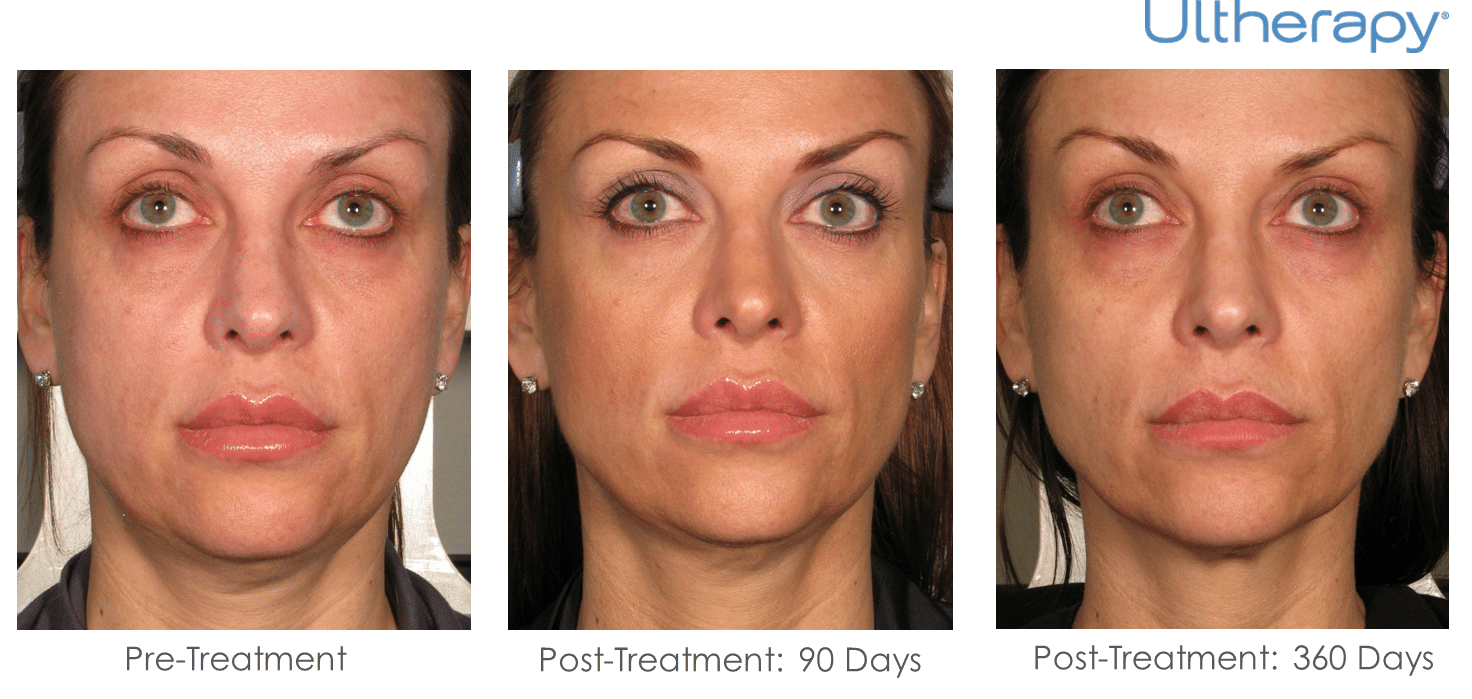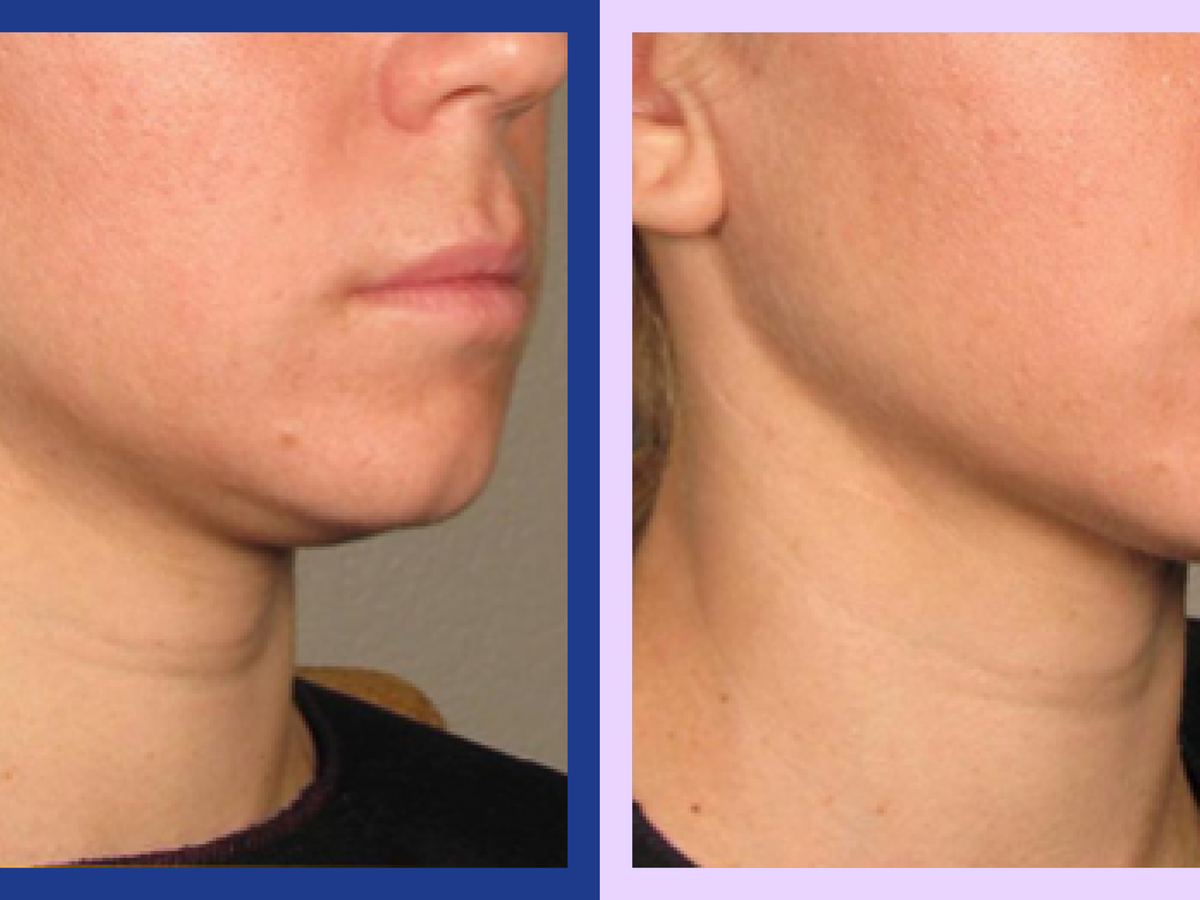RJ Clinic Ultherapy: Your Guide About Non-Surgical Lifts
Why Ultherapy Could Be Medically Necessary: Exploring the Factors for a Non Surgical Lift
Ultherapy is gaining focus as a sensible option for people encountering skin laxity as a result of aging or particular clinical conditions. This non-surgical therapy boosts collagen manufacturing, providing a solution that avoids the recuperation time related to intrusive procedures. As people look for to enhance not just their look but likewise their total skin health, comprehending the circumstances that call for Ultherapy's usage becomes essential. What factors add to its medical requirement?
Recognizing Ultherapy: What It Is and Exactly how It Works
Ultherapy, a non-invasive cosmetic treatment, makes use of ultrasound technology to promote collagen manufacturing and advertise skin tightening. By delivering focused ultrasound power deep into the skin, it targets the fundamental layers commonly addressed in surgical renovations. This procedure motivates the body's all-natural recovery feedback, resulting in gradual lifting and tightening of the skin in time.

Therapy sessions usually last between 30 to 90 mins, depending upon the size of the location being dealt with. While outcomes may not be promptly noticeable, optimal results generally appear within two to 3 months as collagen proceeds to create. Ultherapy deals a compelling non-surgical choice for individuals seeking skin renewal without the requirement for intrusive treatments.
The Aging Refine: Impacts on Skin Flexibility and Collagen
Aging certainly brings changes that diminish skin flexibility and collagen manufacturing, leading to noticeable signs of sagging and wrinkles. As individuals age, the skin's ability to maintain moisture decreases, resulting in a drier and less resilient surface. Collagen, a crucial protein accountable for skin framework, also reduces, creating the skin to lose its firmness and younger look. Elements such as sunlight direct exposure, ecological contaminants, and way of life selections better increase this decrease in skin quality.
This loss of elasticity and collagen develops a waterfall of adjustments, consisting of the development of dewlaps, strengthening nasolabial folds up, and an overall sagging appearance. The skin's support group compromises, making it much more at risk to the effects of gravity. Subsequently, many individuals look for treatments like Ultherapy to combat these aging effects, intending to recover a more vibrant, taut appearance without the need for invasive procedures.
Clinical Conditions That May Take Advantage Of Ultherapy
Ultherapy is progressively recognized for its prospective advantages in addressing different clinical problems. Individuals experiencing skin laxity, those in post-surgical recuperation, and clients with chronic skin problems might find this non-invasive treatment useful. By promoting collagen manufacturing, Ultherapy can enhance skin suppleness and boost overall look for these groups.
Skin Laxity Concerns
Skin laxity can be a considerable problem for individuals experiencing numerous medical conditions that impact the honesty and flexibility of their skin. Problems such as Ehlers-Danlos syndrome, which disrupts collagen manufacturing, can cause early skin aging and sagging. Additionally, individuals with autoimmune conditions may experience skin changes that add to laxity. Hormone fluctuations, particularly during menopause, likewise play a role in decreasing skin firmness. Ultherapy, making use of ultrasound innovation, targets the deeper layers of skin, promoting collagen manufacturing and tightening up the influenced areas. This non-invasive treatment may offer a feasible option for those looking for to address skin laxity resulting from these medical problems, boosting both look and self-esteem without the need for surgical treatment.
Post-Surgical Healing Help
Post-surgical healing can commonly existing challenges, particularly for individuals experiencing skin laxity as a result of medical interventions. Ultherapy acts as a potential help in this scenario, making use of ultrasound innovation to promote collagen manufacturing and improve skin rigidity without invasive procedures. Clients who have gone through surgical treatments such as renovations, liposuction surgery, or various other body contouring treatments might discover that Ultherapy improves their recovery by attending to irregular structure and laxity that can happen post-operation. This non-surgical technique can cause enhanced aesthetic outcomes, potentially reducing the demand for added Non surgical facelift Malaysia surgical treatments. It may help ease pain connected with the recovery procedure, offering clients a more all-encompassing recuperation experience. As a result, Ultherapy can be an important alternative in post-surgical care.
Chronic Skin Problem
For individuals experiencing chronic skin disease such as acne scars, rosacea, or laxity because of aging, non-invasive treatments may use substantial relief and renovation. Ultherapy has become an encouraging alternative, making use of ultrasound technology to boost collagen manufacturing deep within the skin. This procedure can enhance skin structure and flexibility, addressing issues like uneven skin tone and drooping. Specifically, those with rosacea might experience decreased soreness and inflammation, while clients with acne marks can gain from boosted skin smoothness and general look. Significantly, Ultherapy gives a non-surgical choice that decreases recuperation time and threats related to invasive treatments, making it an appealing option for individuals seeking efficient administration of persistent skin disease.
Mental Effect of Sagging Skin and Aesthetic Issues
The emotional toll of aging often manifests in the form of drooping skin, which can substantially influence a person's self-worth and total emotional health. Many individuals associate youthful appearances with energy and attractiveness, resulting in sensations of insufficiency when confronted with noticeable indications of aging. This viewed decline in elegance can cause social stress and anxiety, withdrawal from social communications, and an enhanced preoccupation with one's appearance.
People may really feel urged to look for aesthetic therapies to deal with these issues, as the desire to keep a younger appearance can come to be linked with individuality. The mental effects of drooping skin might likewise lead to clinical depression or a reduced lifestyle. Consequently, non-surgical alternatives like Ultherapy emerge as potential options, aiming not only to renew the skin yet likewise to recover self-confidence and a positive self-image, inevitably attending to the deeper psychological implications of aging.
Comparing Ultherapy to Typical Surgical Options
When comparing Ultherapy to standard medical options, substantial differences emerge in both cost-effectiveness and recuperation time. Ultherapy offers a non-invasive strategy that typically causes lower costs and marginal downtime for patients. In comparison, medical lifts generally need even more monetary investment and an extended recuperation period.
Cost-Effectiveness of Ultherapy

Standard medical lifts often come with substantial upfront expenses and prolonged healing times, Ultherapy offers a compelling option that can supply comparable results at a portion of the cost. The average cost of a surgical facelift can vary from $7,000 to $15,000, while Ultherapy treatments commonly drop in between $2,000 and $4,500, depending on the area dealt with and provider competence. Additionally, the absence of comprehensive pre-operative analyses and post-operative care connected with Ultherapy better adds to its cost-effectiveness. This method not only decreases monetary stress but additionally allows clients to invest in other elements of their health and wellness and wellness. In this way, Ultherapy emerges as a financially viable alternative for those looking for face restoration without the burdens of conventional surgery.
Recovery Time Comparison
Recovery time is a significant consider the decision-making process for those considering cosmetic procedures. Ultherapy stands out as a non-surgical option that generally requires minimal downtime. Most patients can go back to their everyday tasks almost quickly, experiencing only light redness or swelling that generally fixes within a couple of hours. In contrast, standard medical options, such as renovations, often require an extensive recovery duration. People may encounter numerous weeks of swelling, bruising, and limited task, with some returning to typical regimens occupying to 3 months. This stark distinction in recuperation time makes Ultherapy an appealing choice for people looking for reliable results without the substantial aftercare connected with surgery, enabling a smoother modification back to everyday life.
The Long-Term Perks of Non-Invasive Treatments for Skin Wellness
As people increasingly seek choices to operations, the long-term benefits of non-invasive treatments for skin health come to be more obvious. Treatments such as Ultherapy, chemical peels, and laser therapy offer considerable advantages without the requirement for substantial recuperation times connected with surgery. Ultherapy Malaysia. Over time, these non-invasive options can promote collagen manufacturing, resulting in firmer skin and a more youthful look
In addition, normal non-invasive therapies can enhance skin structure, tone, and elasticity, improving total skin wellness. Clients usually experience fewer problems and side results, making these treatments much more enticing.
In addition, the cumulative results of regular treatments can maintain and extend aesthetic enhancements, permitting individuals to maintain their wanted look with very little downtime. By prioritizing non-invasive approaches, individuals can attain enduring results while prioritizing their wellness and wellness. Ultimately, the long-lasting benefits of such approaches underscore their growing appeal in modern-day skin care.
Regularly Asked Inquiries

The length of time Does an Ultherapy Session Usually Take?
An Ultherapy session usually lasts between 30 to 90 minutes, relying on the therapy area. Elements such as the person's details needs and the degree of the treatment can affect the general duration.

Are There Any Negative Effects Associated With Ultherapy?
Ultherapy can cause adverse effects such as short-lived redness, swelling, or inflammation in the treated area - Skin tightening treatment KL. While most individuals experience marginal discomfort, it is critical to seek advice from an expert for individualized advice and potential responses
Just How Soon Can I See Outcomes After Therapy?
Arise from Ultherapy normally start to show up within 2 to three months post-treatment. The complete impacts might remain to develop over 6 months as collagen production rises, causing recognizable training and tightening up of the skin.
Is Ultherapy Suitable for All Skin Types?
Ultherapy is normally ideal for different skin kinds, including lighter and darker tones. However, specific skin problem and concerns may impact its efficiency, making consultations with a certified professional vital for customized referrals.
Just How Frequently Should Ultherapy Treatments Be Repeated?
Ultherapy treatments are generally advised every 6 to 12 months, depending on specific skin problem and wanted results. Normal assessments by a certified practitioner can aid determine the very best frequency for upkeep and effectiveness.